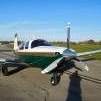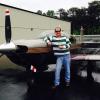Leaderboard
Popular Content
Showing content with the highest reputation on 08/08/2019 in all areas
-
‘How many times have I heard, on This very forum “when the engine quits, it belongs to the insurance company”....Do whatever it takes to land and walk away. The Citrus CAPS system is that, the plane belongs to the insurance company anyway. Let’s not get into a discussion about the balance between property damage and lives lost.5 points
-
This explains a lot, actually. Something must've gotten jarred loose when you hit that turbulence.3 points
-
If you can't carry the new paint to the edge of a panel so as to avoid a paint line: To blend the new paint to the old, you wet sand about 6 inches past the repair area with 1500 grit. Spray the paint on the repair area to build the color, then bring a thin coat into the blend area. After the new paint has cured, you wet sand the blended area with 600, 800, 1200, then 1500. Then buff the area and you will not be able to detect where the old paint and new paint meet.3 points
-
Mr. Glassmeyer is 79 years old and finally throwing in the towel. Quite the pedigree with many accomplishments. I would think that anyone who mailed their bricks to GGG got one hell of a good lookover. "G.G.Glass: Retired Engineer (electronics research, manufacturing & maintenance) Division Manager - electronics manufacturing & maintenance - Computer Sciences Corp. (CSC) University Professor - electronics - California Polytechnic State University Pilot and Engineer -ionospheric radio research - Stanford Research Institute (SRI) Avionics Repair Station Owner - (FAA Certified Repair Station 418-1) Engineering Technician -electronics - Technical Materiel Corp. (TMC Research) Surveyor - US Army. Private Pilot, Instrument, Multi-engine rated, 4000 hours. BSIT / MAed. - California Polytechnic State University Aircraft owned: Piper Colt, BD-4 (I built), Wren 460 Super STOL, Moni motorglider, Cessna 182, Cessna 150/150HP (Lycoming O-320), Cessna 337 Skymaster. FCC Commercial Radio License"3 points
-
Today, I did a final fit of the windshield and drilled all pilot holes using a skinny step bit. Step bit is definitely the way to go. I definitely recommend clecos on the windshield as the fit isn’t perfect without some pressure in areas. I’m told it will relax after some time in the hot sun. Pulled windshield off and counter sunk ... the front holes are not counter sunk as much as the holes that are on the cabin side in order to account for dimpled material. I dimpled the new holes at the top of the cabin and after some deliberation decided to put nut plates along the entire front of the cowl deck where the windshield is held down. I just thought later on down the road, I wouldn’t want to be fighting doing a two person job to the the tiny nuts on and off if the windshield ever needs replacing. The extra work now will pay off later. I also fabricated a new bracket for the magnetic compass and painted is black, as well as the fiberglass glare shield. I hope to get the cowl deck fully riveted on and windshield installed tomorrow.3 points
-
We were taxiing for departure, talking to ground control. I was not looking for a red line. Ground control noticed that I missed the turn to the parallel and told me to stop, then to make a 180. As I was complying he told me to hold position then to shut down. The MP accepted my assertion that I had not crossed the line, he checked my licenses... I assume that will be the end of it... except on MS, a public, permanent forum. Lesson? Situational Awareness. An IPad and a GTN 750 with Safe Taxi didn’t prevent a missed turn. Sent from my iPad using Tapatalk3 points
-
If all you have is tiresome spelling smack then this will be a short conversation. It was going to be a progression. ending in craptonandsenile Now you have ruined it.2 points
-
Never accept an aircraft weight that was done by calculating fuel out. It is guaranteed to be wrong, since you don't know the actual weight of the fuel in the tanks without checking the specific gravity and using a calibrated pump to fill the plane. That's why the correct procedure, in every maintenance manual, is to empty the fuel tanks. Some may require adding a specific amount of unusable fuel, per tank, back after the plane was drained. This, along with leveling the plane, is to establish the correct empty weight CG. 60 gallons of fuel can vary by 18 pounds, depending on density of the fuel on that day. And how do you know how many gallons were in the tanks? That can vary by several gallons per tank, depending on how they were filled.2 points
-
Id get the plane reweighed. But id also take all the fuel out except for unusable. There has to be a mistake. Before you reweigh it, clean the entire plane. Get everything out of the cabin. Small stuff adds up. This is why my aircraft is never getting near a scale. It seems like anytime a mooney gets next to a scale, you lose some money and at least 100lbs of useful load.2 points
-
I respectfully disagree. https://en.m.wikiquote.org/wiki/Airplane_II:_The_Sequel2 points
-
Mike Busch addressed this issue of ICA's and SB's vs Airworthiness Limitations and AD's in one of his webinars, but I can't look up YouTube right now. Anyone have that link? To paraphrase what he was saying, the IA at annual has two requirements for declaring an aircraft "airworthy" The aircraft is in a condition that meets his subjective definition of "airworthy" The aircraft meets the objective specifications listed in its type certificates (TCDS and STC's), AD's and AL's Time-based requirements listed in MM, SI's, SB's and ICA's are not required for part 91 Again, I'm not saying that the IA should not be inspecting the items in an ICA as part of the annual, and I agree the items of inspection in the ICA could certainly be required to meet #1. But AFAIK it is never required to meet #2. So my beef would be with an IA telling me he needs to comply with the ICA's because they are required by regulation. I believe that is incorrect, just like it is not required to log that you complied with any ICA. OTOH, if he told me he will proceed with complying with the ICA's because they are consistent with assuring himself the aircraft is in airworthy condition (or in simpler language), I would probably be fine with that (and probably respect his thoroughness). My other beef is with his statement that he needs the avionics shop to confirm compliance with ICA's. If he said he needed to have a quick consultation with his avionics guy, that would be ok, and I might even be ok with paying for it if there was a complication. But to say an avionic shop is somehow required to rubber stamp an annual is flat out wrong.2 points
-
2 points
-
Definately this. Hone and re-ring can go a long time and its pretty cheap as engine repairs go. I wouldnt have a shop that has a white floor and turbine airplanes in it do this, have some local curmudgeon semi-retired A&P do it.2 points
-
2 points
-
2 points
-
If your goal is to minimize cost and improve oil consumption, I would just plan to hone the cylinders and install new rings. As already mentioned, you should get the cylinders inspected to make sure they're within limits in the bore, check the valves, etc. I think pistons are only ~$150 each if you have to replace them. Lifters and cam should definitely be checked as well. You might get away with just rings and honing and fly hundred of hours more, or you could find a worn-out mess when you start disassembly. Be prepared for both scenarios. Sent from my LG-US996 using Tapatalk2 points
-
We have a prop guy around here... see @Cody Stallings for additional ideas... Best regards, -a-2 points
-
The next set of mooneys garmin is certifying is literally the rest of the M20 Series, from the basic original M20 to the 20A, B, C, D, E, F, and G. Change the title and get all the vintage mooneys instead of just the F models. You want as many Vintage Mooneys as possible. not just F models.2 points
-
I looked the waveforms from the battery minder while connected to an almost fully charged Concorde battery. The blue and yellow waveforms are two signals across a 2.4 ohm resistor and the pink is the difference between the two. From this one can determine the current going in and out of the battery. Since the battery was almost fully charged the charging pulse was quite narrow (about 10V, 10us wide swing in the positive direction) and probably net zero charge going on based on the current profile (Fig. 2). The pulses are spaced about 9.5ms as in the Fig. 1 picture. During maintenance mode, the pulses are at around 50kHz with a roughly 5V peak-peak pulse amplitude (Fig. 3). The charger is AC coupled to the battery so there is no charging going on. There is very little chance any battery damage will occur (in terms of overcharging the battery) during maintenance mode and therefore the charger can kept be left connected indefinitely to the battery.2 points
-
Hank, why do you continue to post to this thread? You know nothing about Caravan which ought to give you pause. Folks come to MS with questions. I have and do. Those who provide answers should know what they’re talking about. Unfortunately, sometimes we hear from someone who represents that he knows when he is just blowing smoke. Sent from my iPad using Tapatalk2 points
-
OP, you know best how you learn. Accelerated worked best for me because of recency and immersion, but each of us is different. First time in actual ALONE (and yes it should be alone) will give you goosebumps. Try to ensure it is in "safe" IMC -- like a nice marine layer (maybe OVC 020 with tops at 3-4,000, VFR above). Find some of the great "personal minimums" guidance posted/online, be VERY conservative, and get experience. IFR skills are perishable, practice filing and flying IFR as much as practicable, even when it takes longer or is not as convenient. Find buddies to team up with for safety pilot and work with each other.2 points
-
Seems like a great strategy for you, who is obviously a very busy guy, and for all of these other groups, who manage to get by as well without you. Works for everyone, keep it up!2 points
-
Very true, just like most every other thread here of length it has gone its own direction about the value of chutes. But seriously, there is no point in asking Mooney pilots which airframe they prefer; especially on Mooneyspace! Sent from my iPhone using Tapatalk2 points
-
Fluctuating fuel pressure, if significant enough resulting in fluctuating EGTs and engine roughness that feels like missing but isn't ignition misfire. Don't see it on approach since those are usually coolest temps inside inside cowling. But full rich coughing on approach is usually too rich of an idle mixture. Most prevalent on takeoff and initial climb at high OATs but often doesn't appear till in the upper teens in climb. Usually clears in cruise with more airflow but at high temps sometimes the boost pump is needed to be on while in cruise at or above 18k the entire time. It can be minor roughness or full on partial power loss if EGTs skyrocket. Very insidious. Sent from my iPhone using Tapatalk2 points
-
16gph? Seems kind of low from sea level, I used to get 16.9 with a bad Cam and my friend’s Mooney gets 19, as did my plane long ago2 points
-
2 points
-
First thing I would do after resolving this issue would be to get an engine monitor. IMHO, probably the most important piece of hardware in the plane and part of my scan.2 points
-
I like stopping. Visiting a new-to-me aerodrome reminds me of why air travel is so cool. Stretch the legs, talk with strangers, get a short feel for a new place. In a way it kind of reminds me when I was working on my PPL way back when I was 16, visiting far-off distant places that I'd only heard of. Like @Hank I start to get crampy after about 3 to 4 hours of sitting still.2 points
-
Yeah, I am not blaming anyone except myself but Istm the tarmac marking at KLA could be more prominent to alert witless transients. Ground control could be more proactively helpful. Again, not blaming anyone... when I restarted engine and called ground control I said “943RW, properly chastised, taxi for departure.” Sent from my iPad using Tapatalk2 points
-
2 points
-
To the OP. I practiced law for 35 years before my retirement. If you go to an attorney, he will try to figure out (1) the likelihood of winning the suit, (2) the probable amount of damages, and (3) the likely cost (how much time it takes) to pursue it. He would then calculate if his share of the recovery (typically 1/3) times the % likelihood of winning would make it worthwhile to take the case on a contingency. If it is not, he may offer to pursue it for you, with you paying the hourly rate. If you were smart you would go through these same calculations to decide if you want to gamble your money on the case. Of course, if the odds are pretty good on recovering, there is always the possibility of settling the case before expending too much time or money in it. Naturally, the seller (or his lawyer) and the PPI inspector (or his lawyer) would run all these numbers in reverse to see whether to settle or fight. And of course, settlement implies less than the full amount. You have seen the responses of some of the others here as to the possible defenses the seller and IA would potentially have. You now have some idea of how much it is going to cost to fix everything. With these ideas in mind, you should have some inkling as to how far to go, or whether to lick your wounds and move on. Naturally, you might decide to make a call or two, write a letter of two, pay a lawyer to do that, and if you get something back, OK. If nothing, decide whether to drop it. I would caution you; once you jump into the fight, there is a real tendency to refuse to drop it. So decide early how you are going to play it.2 points
-
Looks like a nice plane, however I would not fly this until the seatbelts are upgraded to ones with shoulder harnesses. Kind of surprising that with all the money invested the previous owner ignored that aspect.2 points
-
Hey, it's a heck of a lot better to just get the rating than being caught in the clouds and when ATC asks "are you instrument rated and equipped" answering, "I've got some instrument training so I think I can do this." It's better to spend some time flying IFR in the clear blue to get used to the system and punching through non-confining IMC like 3000 scattered/broken with tops at 4000 till you really get the hang of it. Nobody says that you can or should go flying in low IFR to minimums on every flight once you get your rating. But if you do take the crash course, you have to be extra aware of this and let the long term learning and practice catch up with you once you've got the ticket. It's not an award for brilliance and achievement. It's a ticket to begin the next phase of learning.2 points
-
This is a nice panel It would bother me how the JPI covers half an instrument hole. It would be easy to cut a rectangular piece of aluminum1 point
-
Oh come on, there are probably a tons of planes out there with KT-74's installed on side panels ready to clobber their flight engineers, right?1 point
-
You can re-ring and hone the cylinders for a lot less than that.1 point
-
Would be interesting to see the IP's associated with posts and who they match up to.1 point
-
Although I object in principle to creating a new account just to mess with someone, @CaptainOveur is pretty funny!1 point
-
Wow...you have managed to keep track of every Caravan formation pilot and how much form time each has logged over each year. That’s amazing! How great of you to collect and maintain all of that information to enable you to comment with such authority. NOW I know why you’re a “senior” member! I’m impressed.1 point
-
The music group was “Captain and Tennille” actually. Besides content, I also read for spelling.1 point
-
Those had a long lead time and they were expensive. As it turns out the clamp part of our prop governor cable is out beyond the end of the new style prop governor bracket arm. So we had to scab on an extension to it, and then use the hardware that was on the airplane to fasten it to that. Those had a long lead time and they were expensive. As it turns out the clamp part of our prop governor cable is out beyond the end of the new style prop governor bracket arm. So we had to scab on an extension and then use the hardware that was on the airplane to fasten it to that1 point
-
1 point
-
And for a FI engine running at 30PSI, I don't think a vapor lock is possible inflight. There is too much cooling on the fuel lines and too much pressure. On take off you are putting 20 gallons through those 4 little tubes. Vapor lock is fuel boiling in the fuel lines. You are clearing the vaporlock when you start. possibly if your pumps are weak. Now you may be sucking some air into the system.1 point
-
Marine supply stores usually carry Awlgrip, which is a high end urethane paint used on planes and boats.1 point
-
1 point
-
As Anthony @carusoam said, I’m a little late to the party, but this has largely been covered. Good feedback overall. I’m glad you’re in for the upgrade. You will certainly smile when you push the power up the first time post-upgrade. You won’t believe it. Congratulations on the decision. :-) Steve1 point
-
Not selling anything, rather sharing observations. FWIW a good number of Ebay sellers of this type of equipment are simply reselling equipment that they purchased from government auctions...and for a significant mark-up (you can see this if you 'check all items by this seller' and note a bunch of clearly ex-military items). You can bid/buy this stuff yourself from govdeals.com. Here's a pulse-ox currently at $100...this unit doesn't have an audible alarm but can be used with disposable (~$1 per flight) tape-on sensors for continuous monitoring...lower profile than the ~bulky $20 Walmart units such that you can wear the monitor the entire flight with minimal inconvenience. I don't mean to promote the portable concentrator over a tank. The latter is less expensive and can be shared continuously by multiple people (while the concentrator serves only one at a time). Just that for solo flights <18k the device is incredibly convenient, making using routine supplemental O2 use, even at lower altitude, a no-brainer. Over 18k without pressurization is a life risk I'll never involve myself but tanks are clearly required in the flight levels. Regarding reliability...it's worth noting that the concentrators are used by tens if not hundreds of thousands of people outside of a medical/home environment...people who would crump/slump over if the thing failed. They're designed to be used 7 days a week for years and are accepted to be used in austere environments like the inside of a commercial airliner (withstanding the backup O2 tanks that airlines carry). Point being that they're incredibly reliable and are designed/tested/approved to standards arguably with higher tolerance than much/most airplane stuff (but not as simple obviously as a tank system). At least all modern units have an audible alarm if the unit isn't able to deliver what you've asked, or if there are other onboard faults needing attention. That said, I cannot hear the alarm on my G2 in the Mooney with my Halo buds in (I do have moderate hearing loss).1 point
-
I agree with you. I am a lawyer who works strictly on contingency and do not think this situation is particularly amenable to a contingency fee arrangement.1 point
-
1 point
-
Well I'm gonna jump in a disagree with every one else. First of all I don't believe in the myth of shock cooling. It's been thoroughly debunked and a needless concern. I'm sure some other very experience Mooney drivers will weigh in shortly in agreement. Once having dispensed with the shock cooling garbage, you can just trim the nose down and recover all the time you spent climbing. I just monitor the VSI to ensure I stay below VNE if in smooth air, or out of the yellow arc if in bumpy air. Leave the throttle and mixture right where it is and trim for 500 ft/min down, sit back and enjoy the speed. This means you do need to start your descent a bit earlier than you might think. It's not difficult to go from 160 TAS to 190 TAS in the descent. So start down a bit sooner. Upon arriving at pattern altitude, pull the throttle back to 15" and level off. It will slow right down.1 point





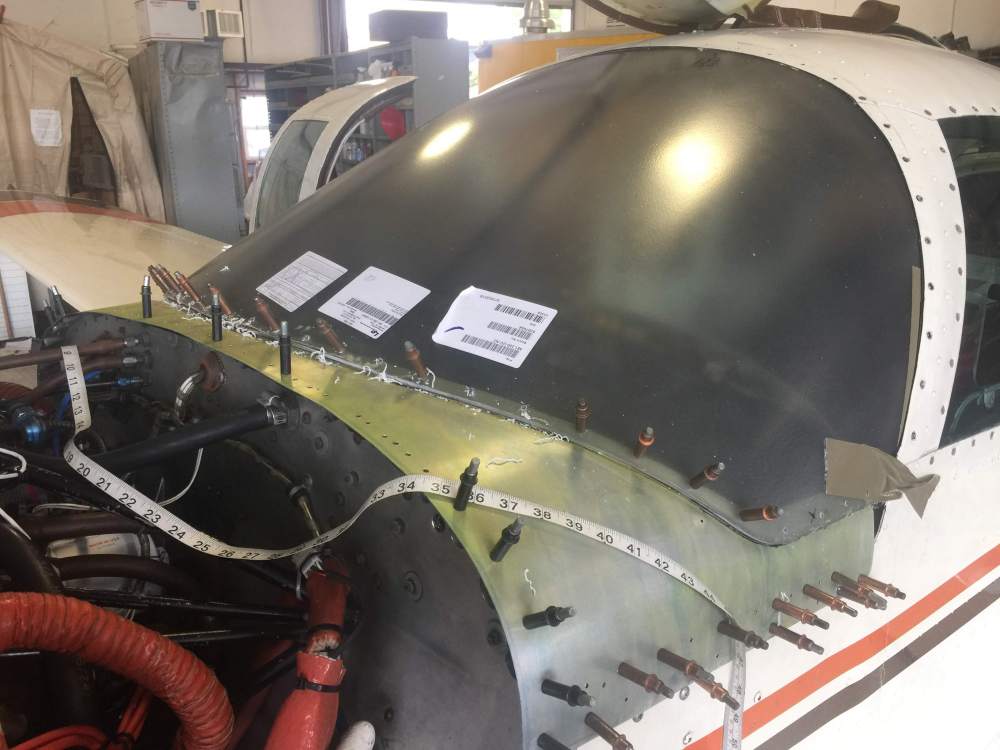
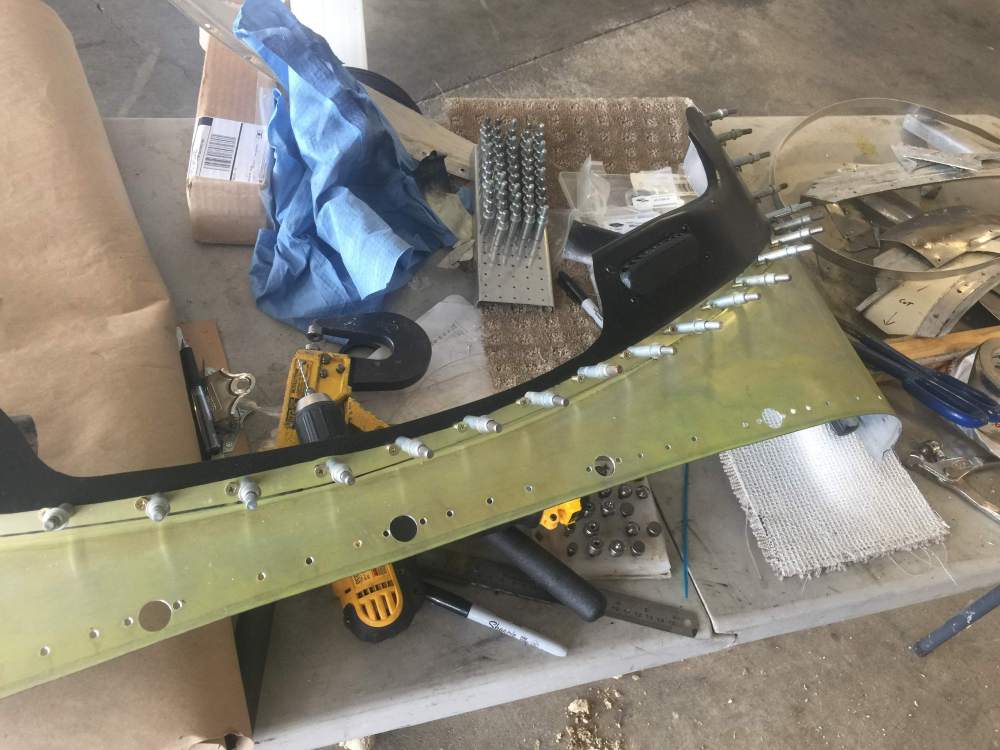
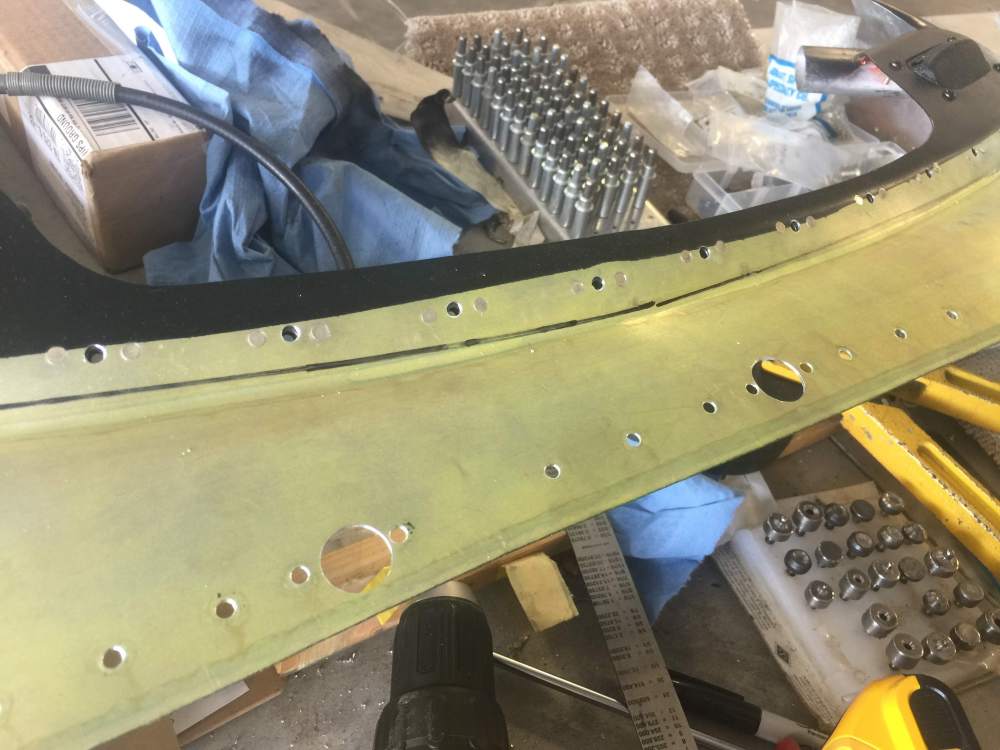


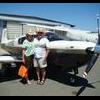
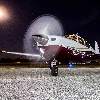

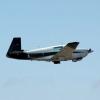

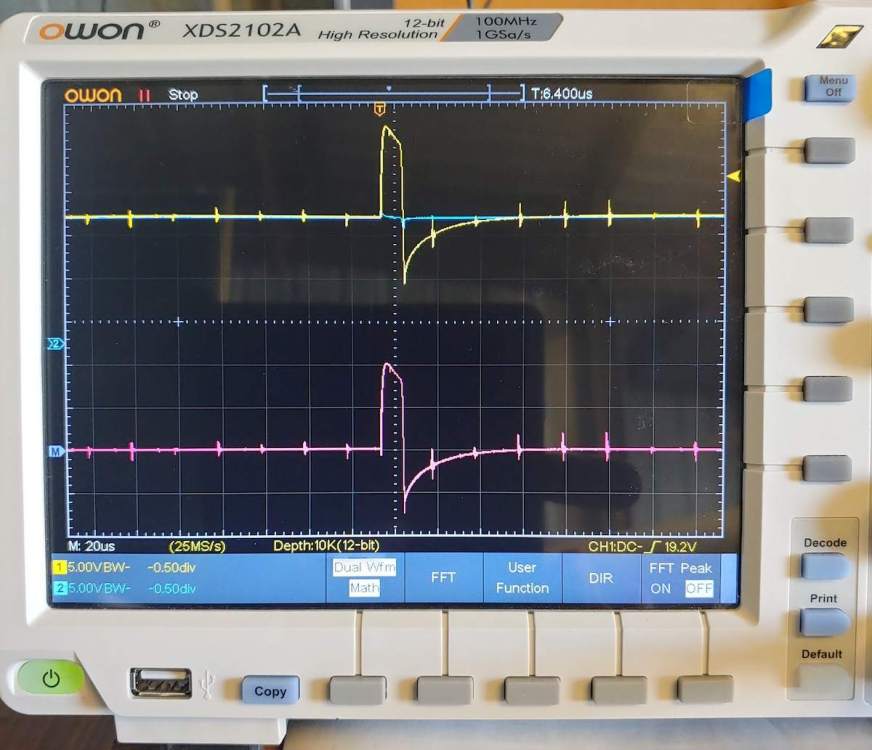
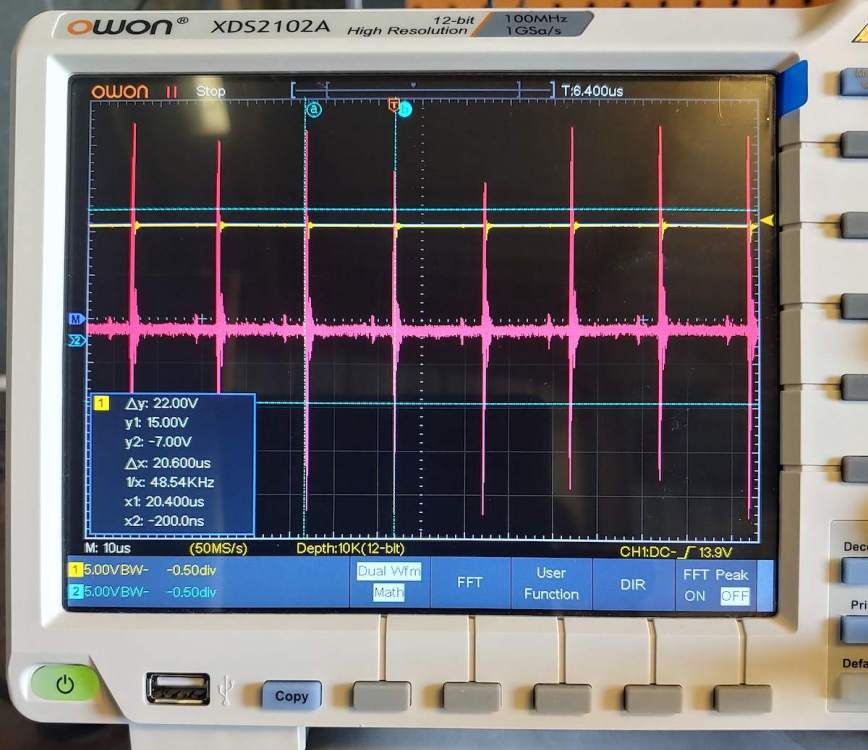

.thumb.png.7c67574d7b28f67b0b4a17760919b1ac.png)




